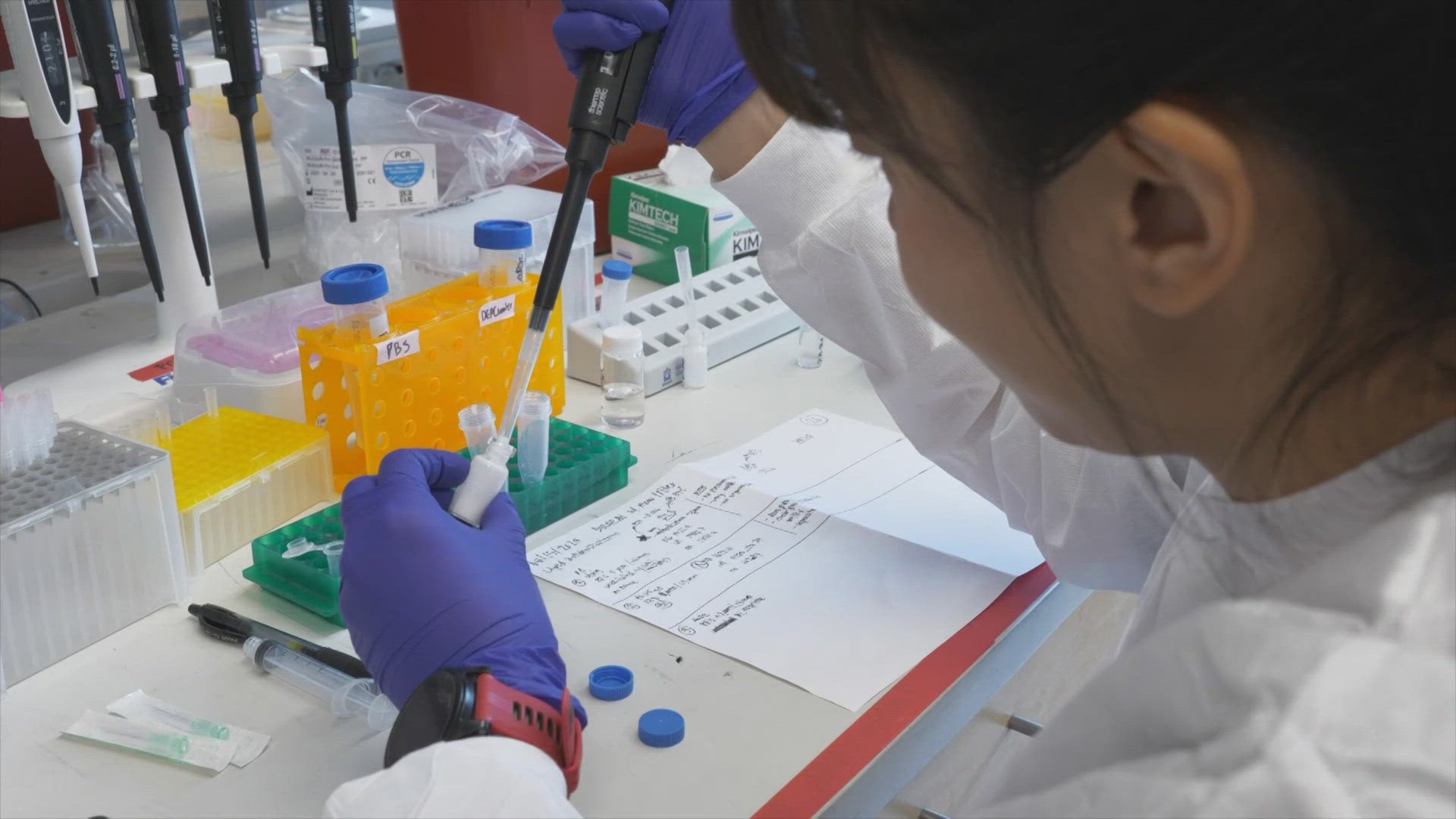CLEVELAND — The ultrasound: the non-invasive imaging test that gives physicians a glimpse inside your body, using high-intensity waves. It's also a good guide when doctors are performing a biopsy.
"We're focused on detection of cancer. And so, we're trying to make that more sensitive and more precise," said Agata Exner, the Director of the Case Western Reserve University Center for Imaging.
At the center, they are working to improve what doctors see. The goal is not a better machine, but smaller bubbles. Currently microbubbles are used as echo-enhancers during ultrasounds. But nanobubbles — a thousand times smaller — are even more useful.
"They can squeeze into smaller spaces and they can actually leave the blood vessels,” Exner said. “And they can go into tissues like tumor tissues. And then we can get them to target specific cancer cells."
Because of that, nanobubbles can help diagnose and treat cancer. And the ultrasound can move the nanobubbles into the organ, with a tumor.
"And then we can pop the bubbles precisely where we want them. And that popping is helpful because it can be used to carry drug, and then we can deliver drug precisely to the region that we want, like exactly to the tumor," Exner explained.
A more targeted treatment has other benefits too.
"We can spare the normal tissue and spare the systemic side effects that are associated with chemotherapy, with radiation therapy and with surgery," Exner said.
Ultrasound technology is more readily available than larger scanners, like an MRI.
Making it more accessible to a larger population, especially those that may be underserved.
"I was enticed by the idea of making tools for physicians so they can be broadly impactful to a population of patients," Exner said.
Currently the research into nanobubbles is focused on prostate cancer because it doesn't have an image guided approach
during a biopsy. It's estimated it would be a few years before the nanobubbles would go into clinical trials.

